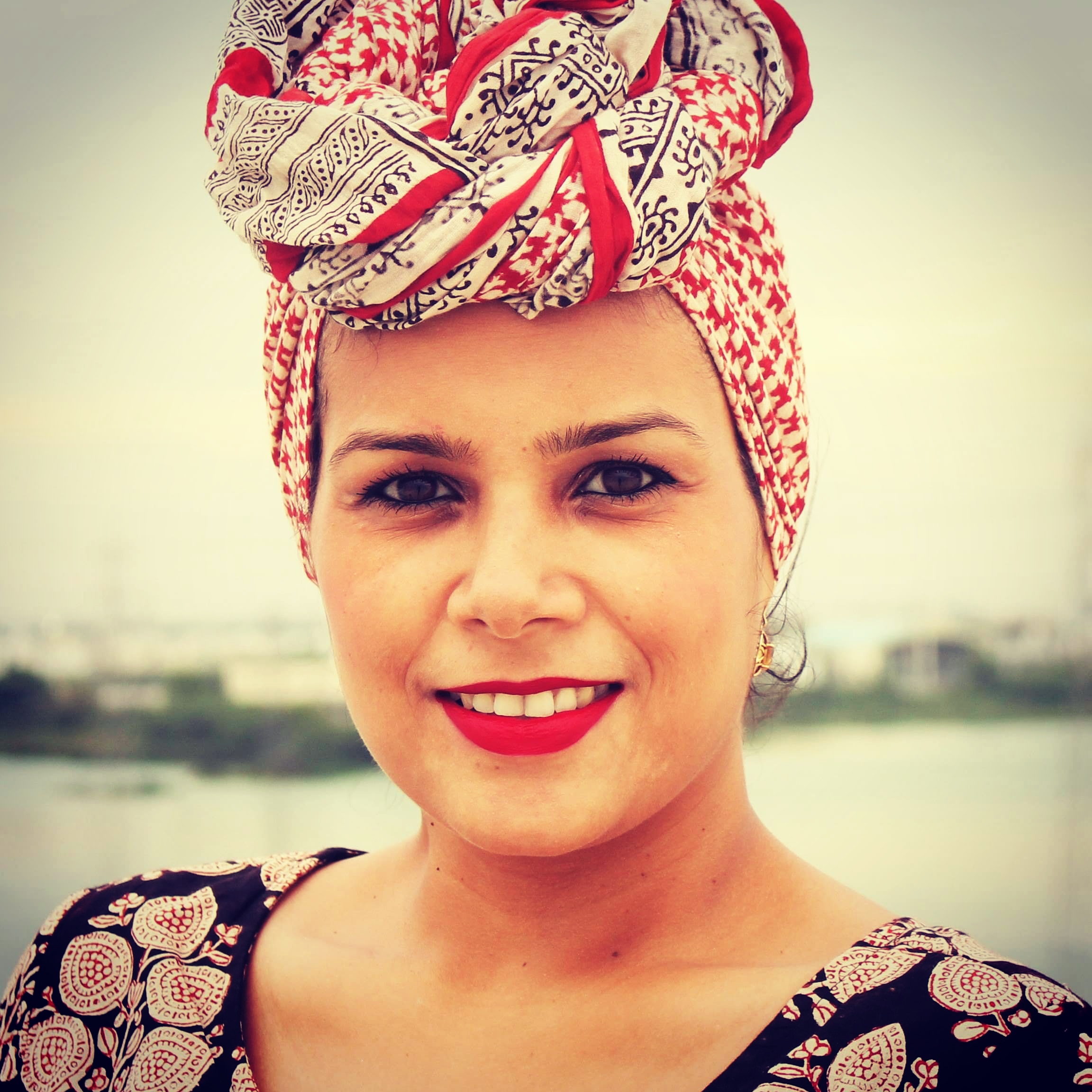Flex Files Part 1 | Muscle Groups
- Michelle Shyam

- Oct 7, 2023
- 2 min read
Building a Strong Foundation: Exploring Lower Body Muscle Groups
When it comes to strength and athletic performance, one cannot underestimate the importance of a well-developed lower body. The lower body muscle groups provide stability, power, and endurance, enabling us to perform daily activities, excel in sports, and reach our fitness goals.

1️. Quadriceps:
The quadriceps, often referred to as "quads," are the muscles located at the front of the thigh. Comprised of four individual muscles—rectus femoris, vastus lateralis, vastus medialis, and vastus intermedius—quads are responsible for knee extension and provide essential support during various leg movements, such as squats and lunges.
To target your quadriceps, exercises like squats, lunges, leg extensions, and step-ups are highly effective. These movements not only help build muscle mass but also enhance overall lower body strength.

2️. Hamstrings:
The hamstrings, located at the back of the thigh, play a crucial role in knee flexion and hip extension. Comprising the biceps femoris, semitendinosus, and semimembranosus muscles, well-developed hamstrings are essential for balanced lower body strength and stability.
To effectively train your hamstrings, exercises like deadlifts, hamstring curls, glute-ham raises, and Romanian deadlifts are highly beneficial. Incorporating these exercises into your routine can improve hamstring strength and help reduce the risk of injuries.

3️. Glutes:
The gluteal muscles, commonly known as the glutes, are among the most powerful muscles in the body. Comprising the gluteus maximus, gluteus medius, and gluteus minimus, these muscles are responsible for hip extension, abduction, and rotation.
To strengthen your glutes, exercises like squats, lunges, hip thrusts, deadlifts, and glute bridges are fantastic choices. Targeting the glutes not only enhances lower body power but also contributes to overall core stability and posture.

4️. Calves:
The calf muscles, located at the back of the lower leg, consist of the gastrocnemius and soleus muscles. These muscles are responsible for ankle plantar flexion, providing the push-off power needed for activities like running, jumping, and walking.
To develop strong calves, exercises such as calf raises, both seated and standing, are highly effective. Varying the foot position during calf raises targets different areas of the calf muscles, ensuring a well-rounded development.

5️. Adductors and Abductors:
The adductor muscles, found on the inner thigh, and the abductor muscles, located on the outer hip, are responsible for hip adduction and abduction, respectively. These muscles help with stability, balance, and lateral movements.
To work the adductor muscles, exercises like side lunges and inner thigh squeezes with a resistance band can be incorporated. To target the abductor muscles, exercises like lateral lunges, clamshells, and side leg raises are excellent choices.
Conclusion...
Remember, a well-balanced lower body training routine should incorporate exercises targeting all of these muscle groups. It's important to gradually increase the intensity, volume, and resistance of your workouts over time to stimulate muscle growth and enhance overall strength.




Comments